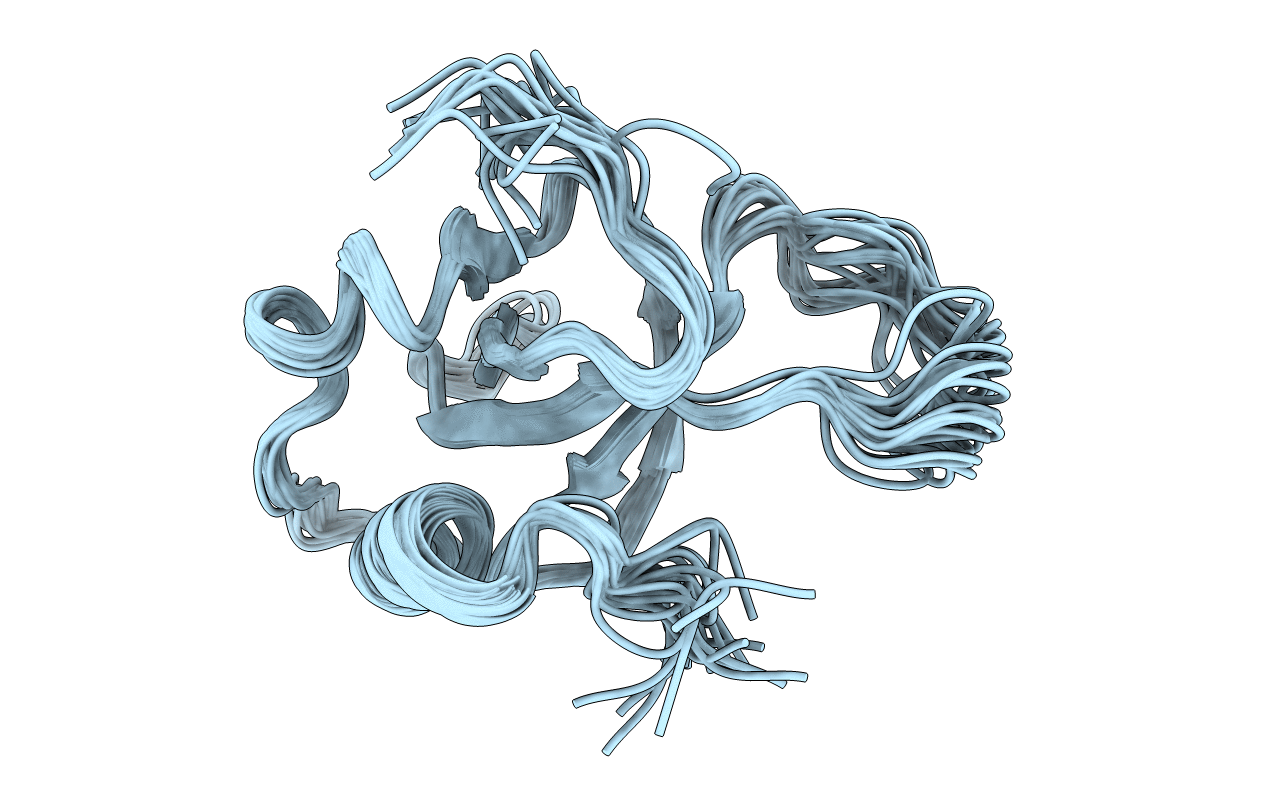
Deposition Date
2012-12-05
Release Date
2013-05-22
Last Version Date
2024-06-19
Method Details:
Experimental Method:
Conformers Calculated:
100
Conformers Submitted:
20
Selection Criteria:
LOWEST ENERGY


